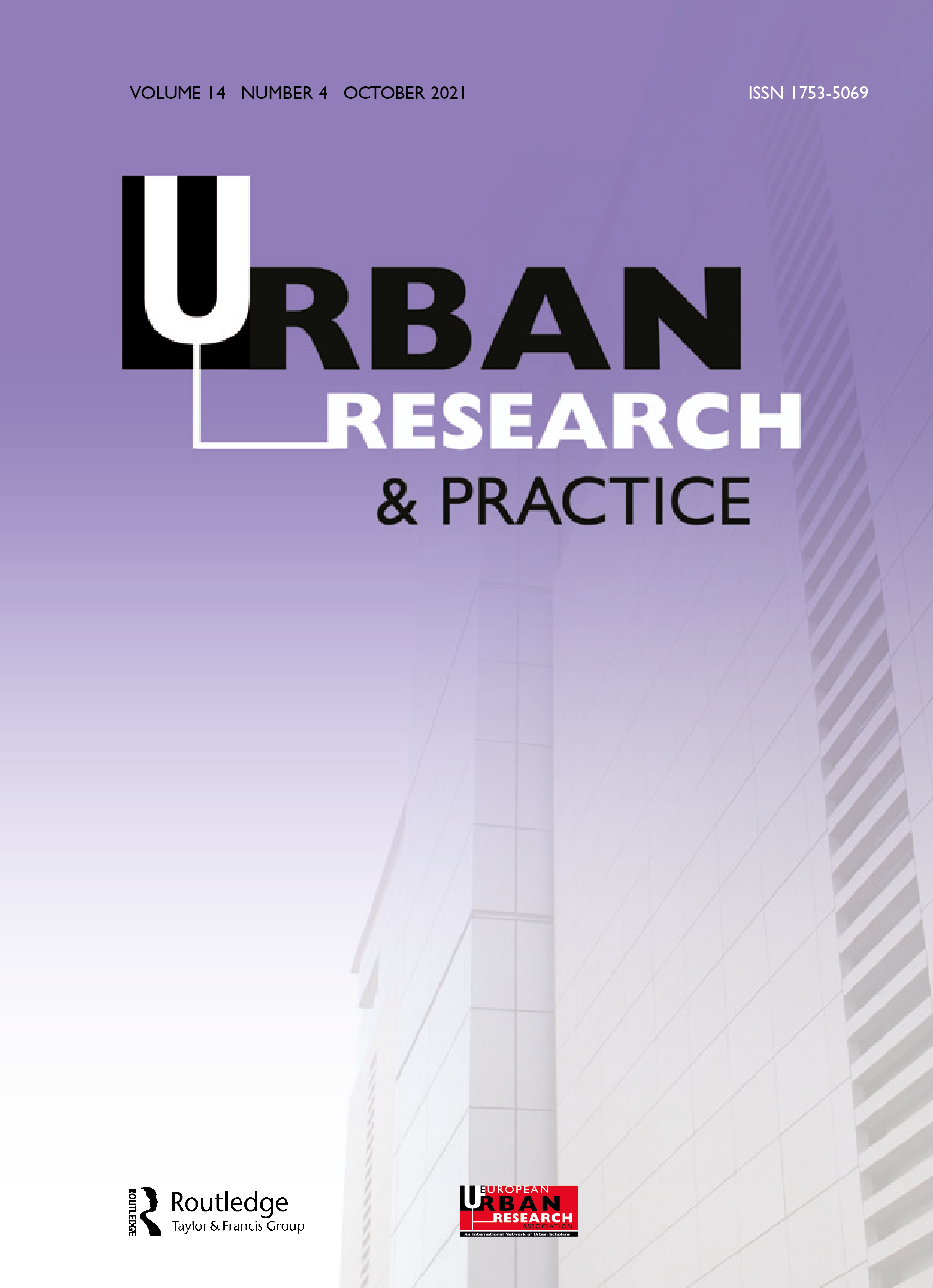Urban Change and Regional Development at the Margins of Europe
Objectives
By the end of the eighties, after the 1988 reforms, regions and urban areas have become a preferential target of the EU Cohesion Policy. Through the implementation of Community Initiatives or other types of urban projects under the Structural Funds, for a large number of European cities this meant a unique opportunity to innovate urban policy and local governance. Particularly in the so-called ‘less developed regions’, targeted by considerable EU investments, area-based and neighbourhood regeneration initiatives were often accompained by large infrastructure projects, impacting on the whole urban area.
After around three decades of planning experiments, it is worth questioning to which extent Cohesion Policy have supported local development, especially where urban problems and regional weaknesses do coexist. In fact, while in many countries EU policy seems to have played a key role in addressing regional development and urban change, a number of regions in countries such as Portugal, Italy, Greece and in the East of Europe are still lagging behind to the more developed core of Europe.
With this questions on the backdrop, the EURA Working group aims to understand the long-lasting influence of the EU regional policy over the development processes in a selection of medium-sized cities belonging – today or at some point of its recent history – to the ‘less developed regions’. The six case studies – including Dublin (IE), Porto (PT), Malaga (ES), Palermo (IT), Thessaloniki (EL) and Gdansk (PL) – were identified to address a series of research questions, grouped into the following categories.
- Have the EU projects provided any recognizable effects on the trajectories of the city’s development? Is there any urban area where physical regeneration or socioeconomic revitalization can be directly or indirectly related to the EU initiatives? Is there any policy-field where this influence is clearer?
- Can we identify a clear influence of the EU planning initiatives on local govern- ance? How have local stakeholders been involved in the planning processes? Have public–private partnership been effective?
- Have the EU projects brought new planning capacities to the local government? To which extent have the European approaches and methods to sustainable urban development been embedded within local policy-making?
Activities and outcomes
The Working group activities have included the organisation of scientific seminars (Madrid, March 2018), conference presentations (Tilburg, June 2018) and a special session organised within the City Futures IV Conference (Dublin, June 2019).
The final results of the research have been published in a special issue of Urban Research & Practice (Volume 14, Issue 4). Contributions include:
- Vinci, I. Russel, P. 2021 “Introduction to the special issue“. doi:10.1080/17535069.2021.1962066
- Vinci, I. 2019. “How the EU regional policy can shape urban change in Southern Europe: learning from different planning processes in Palermo”. doi: 10.1080/17535069.2019.1672083
- De Gregorio Hurtado, S. 2019. “Understanding the influence of EU urban policy in Spanish cities: the case of Málaga”. doi: 10.1080/17535069.2019.1690672
- Athanassiou, E. 2020. “Transferring sustainability: imaginaries and processes in EU funded projects in Thessaloniki”. doi: 10.1080/17535069.2020.1783351
- Igreja, J. & Conceição, P. 2021. “The influence of EU policy on local policy-making, governance and urban change. Evidence from Porto, Portugal”. doi: 10.1080/17535069.2021.1959632
In addition, the results have recently been edited as volume by Routledge
Title: Urban Change and Regional Development at the Margins of Europe. Evaluating the Effects of the EU Policy
ISBN: 9781032280486
Short description: Since the beginning of the 1990s, regions and urban areas have become a primary target of EU Cohesion Policy. For a number of European cities, especially in the less developed regions, this has resulted in a unique opportunity for the implementation of extensive development projects, as well as delivering innovations in urban policy and local governance.
Through the detailed observation of planning processes which took place in four European cities – Porto (PT), Malaga (ES), Palermo (IT), and Thessaloniki (EL) – this book explores the different ways that EU intervention can affect the policy process locally, from the regeneration of decayed neighbourhoods and the creation of key services for improving the quality of life, to the establishment of new governance relations and increasing the institutional capacity in local government.
The book also provides a critical reflection on the impact of EU urban policy in reducing regional disparities and the extent to which Cohesion Policy has helped cities to open new pathways for local development. With a special focus on the EU’s marginal regions, this book is a guide to understanding how EU policy has affected urban change and local development across Europe.
The chapters in this book were originally published as a special issue of the journal Urban Research & Practice.
The Working group consists of scholars from six European universities, including:



